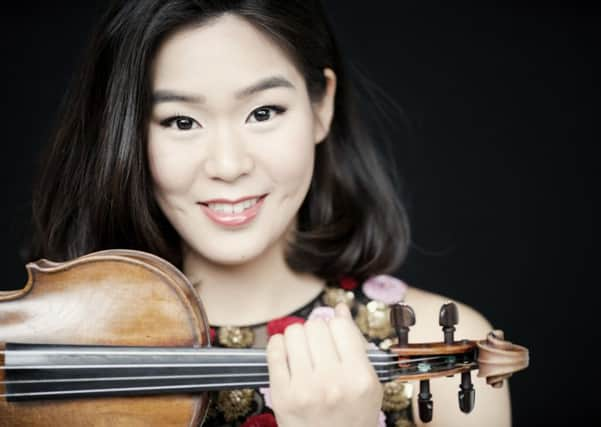Music review: RSNO & Esther Yoo, Glasgow Royal Concert Hall


RSNO & Esther Yoo, Glasgow Royal Concert Hall ****
His noted speciality is the 19th century, as Saturday’s pairing of Schumann and Mendelssohn reflected. The RSNO strings were pared down with the instruction (or so it seemed) to avoid vibrato and for the violin sections to sit antiphonally, like jousting courtiers.
With the double basses providing rearguard protection for the wind and brass, the whole image was of a compact fighting unit possessive of a single objective. More importantly, the aural sensation was visceral, direct and exhilarating.
Advertisement
Hide AdAdvertisement
Hide AdSchumann was the outright winner. In the opening overture – the so-called “best bit” of the variable opera Genoveva – Norrington drew a raw, woody string quality in the opening angst-ridden bars, countered by the joyously ripe brass triumphalism at its conclusion.
In Schumann’s Second Symphony, the focus was on essential details, juicy subtleties, such as his subliminal integration of the opening trumpet motif throughout the opening movement, that opened our ears to delightful discoveries.
Mendelssohn’s Violin Concerto was often beautiful but lacked consistency. Soloist Esther Yoo found her best in the slow movement. The finale, mostly lustrous and articulate, almost came apart at one point. Yoo’s opening movement was generally radiant, the flow interrupted by moments where her tonal focus wavered. An exquisite Bach encore was her salvation.